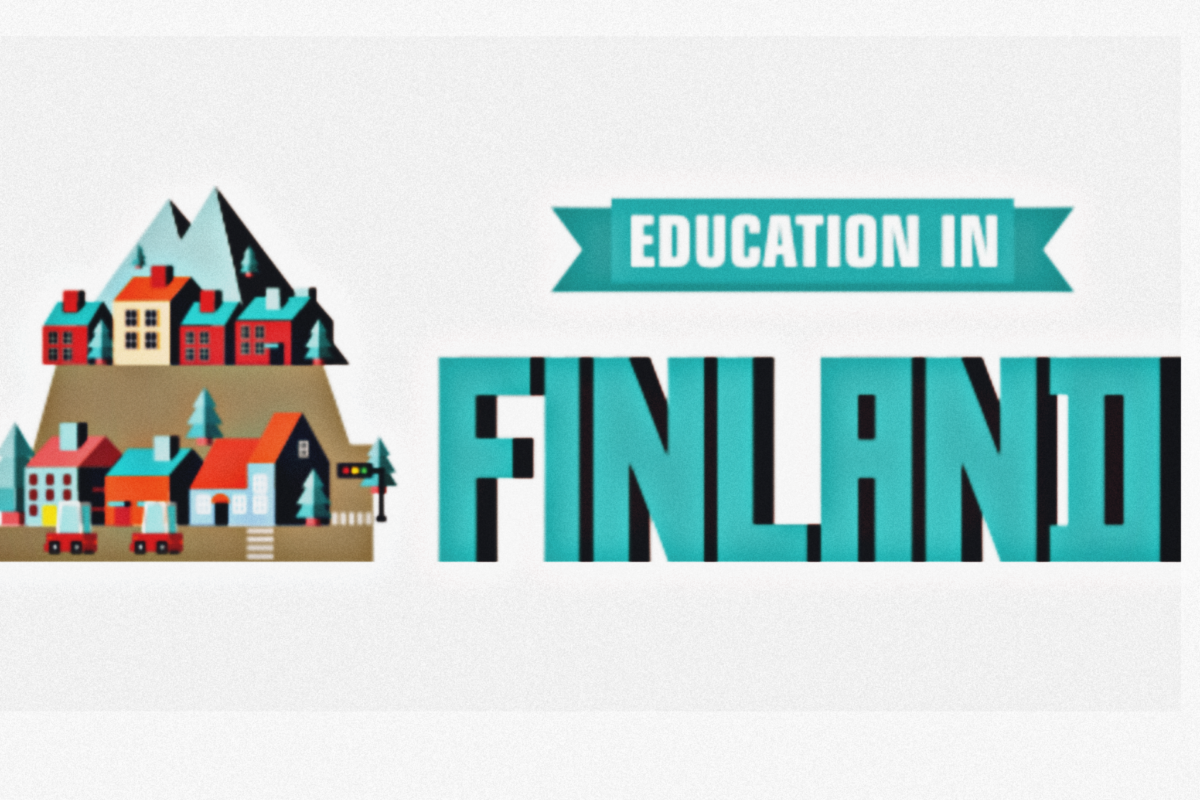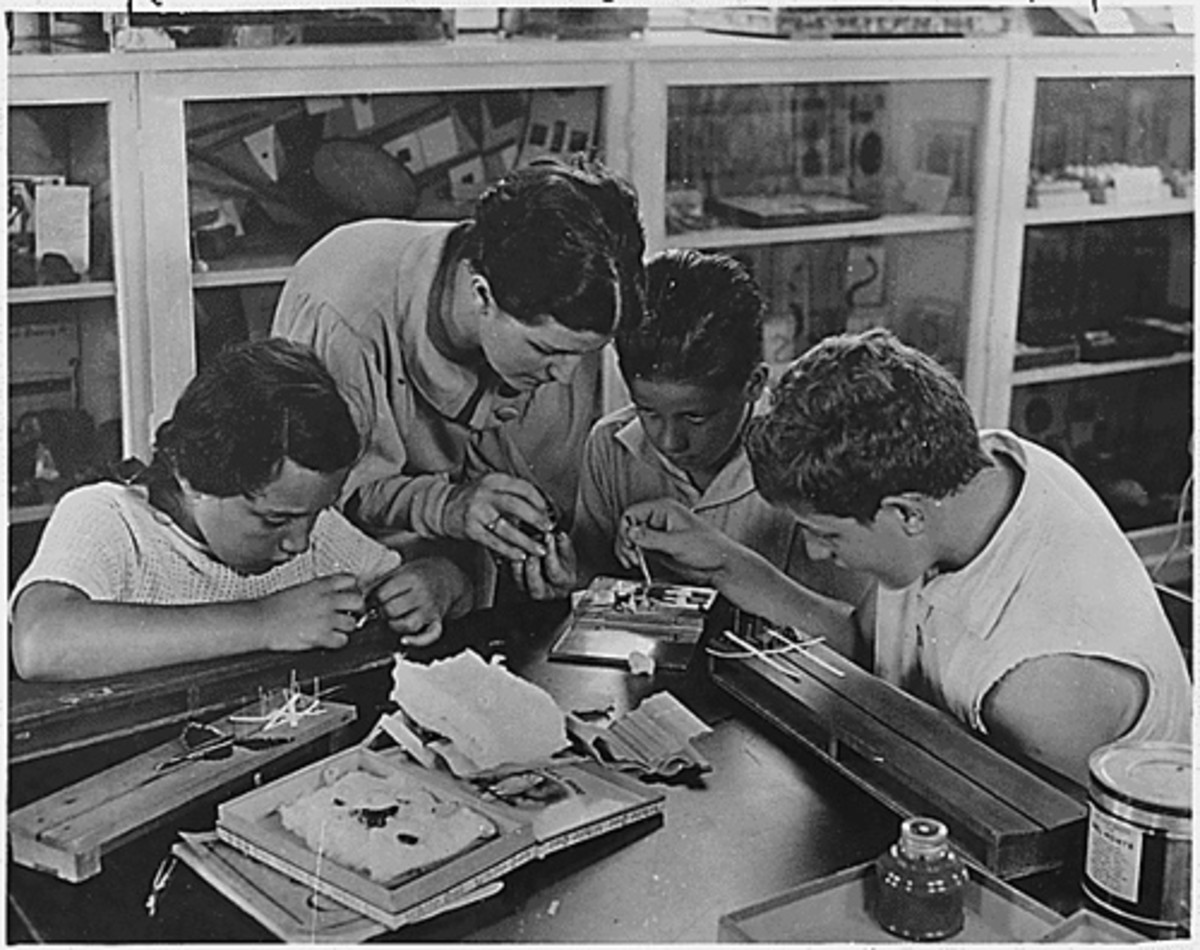CLOSING THE ACHIEVEMENT GAP

YES, THE GAP IS CLOSING...BUT
Yes, there is a national issue of achievement gaps, especially across certain socio-economic and ethnic demographics and there is evidence of its prevalence here in Clark County School District (CCSD). Based on research, there are evidence that lead to the fact that “experts” agree that there is major factor in closing the gap that must be universally applied in order for us to achieve meaningful results.
Dr. Rod Paige calls the achievement gap, “One of our nation’s most overlooked urgent, persistent, dangerous, mismanaged, and most correctable domestic problems.” (Rod Paige, Ph.D., and Elaine Witty, Ph.D., February 1, 2010) The subject experts disagree on a lot of things, including the reasons for the gap and best overall ways to accomplish closing it, but they are united in the belief that Exceptional Teaching can close the gap or at a minimum start the process where the nation can eventually reach such a goal, that at the moment seems insurmountable.
The Education Trust has does significant research demonstrating that of two groups of students starting with a baseline competency:
1. The group of students with effective teachers for three continuous years far and above exceeds national average on standardized tests.
2. However, the group with ineffective teachers for three continuous years fall so far below standards, that they may never regain equal footing within their grade level.
English Language Learners (ELL)
These are students who attempt to participate in their education, but are on the outside looking in because of difficulties with language. They often rely on teacher and student cues or visual representations that connect to prior knowledge to grasp the material. Unsurprisingly, they have a steep obstacle keeping them from success even if they are motivated students. Often English Language Learners students also belong to the second group of students whose basic needs are simply not being met. We have to identify these students and provide the tools they need to gain fluency as rapidly as possible.
Low Achieving Students
These are students who are capable of understanding and mastering the curriculum, but are handicapped by a variety of possible reasons to include: hunger; sleep-deprivation; homelessness; little parental support; extensive household responsibilities; physical, emotional, or mental abusive situations at home or school; stress; lacking appropriate scaffolding for success; etc.
High Achieving Students
These are students who have their needs met based on Maslow’s Hierarchy and are physically, mentally, and emotionally prepared to learn each day.
Do you think Secretary Paige did more harm or good with NCLB?
Consider Kylene Beers statement when formulating a response: “While I believe NCLB is under-funded and has caused too many to equate learning with testing and define success by the sole criterion of meeting AYP, I also believe that NCLB accomplished something that for too long had been left unaccomplished and, at times, even unconsidered. NCLB requires that all children be taught to the same rigorous standards and explains that gaps in academic achievement between and among groups of students – groups identified by race, by socioeconomic status, and by language – are not acceptable. As a consequence, NCLB legislation compels each of us to examine and eliminate the institutional and individual prejudicial instructional and social practices that did indeed leave some children behind.” (Beers, 2009)
Educationally Deprived Students
These are students who are victims of their teachers, administrators, counselors, and society’s low expectations for their success. These are typically low-income and minority students and often make up the student population in poor areas where statistically they are more likely to get the bottom of the barrel when it comes to both educational materials and educators.
In the course of their efforts studying teaching and the achievement gap, the Education Trust has repeatedly found that not only do students in poorer schools receive less assignments, but those assignments are within the first few levels of Bloom’s taxonomy and come nowhere near increasing cognitive ability and teaching critical thinking skills. Coloring assignments are often standard in these classrooms.
These students know they are being short-changed. They know that they are being “educated” by adults who don’t care if they succeed or that have truly fallen prey to the stereotype that they are not capable of succeeding. Both of those ideas are detrimental to student success, even if students where allowed to shed their socioeconomic situations like skin as they entered school. Our job is not discipline. Our job is not teaching kids to sit down and shut up. And our job is certainly not to extinguish the spark of curiosity that exists in all children.
As unbelievable as it is, educational deprivation is a widespread plague on the educational system. Furthermore, it is important that we look at this issue within its historical context. Let us consider the “Little Rock 9,” those students who first attempted integration at Little Rock Central High School after Brown vs. Board of Education ruled segregation unconstitutional. As the nation watched, these students had to be escorted to and from classes by the 101st Airborne Division at the direct order of President Eisenhower. It took armed guards to provide even the semblance of an equitable education. We are not so far removed from the days of segregation and although racism in mainstream society seems to be systematically rooted out, or at least gone covert, or at least that is the impression our politicians would like us to believe, the achievement gap is undeniably an issue of civil rights. Statistically, minority students and low-income students consistently get poorer teachers, less quality materials, and less support within the educational framework. As Mr. Jencks says, “Closing the black-white test score gap would probably do more to promote racial equality in the United States than any other strategy.” (Rod Paige, Ph.D., and Elaine Witty, Ph.D., February 1, 2010) I believe this to be the civil rights issue of our generation and if quality teachers and curriculum-rich instruction are at the heart of solving it, then teachers are on the front lines and are the first line of defense of all students regardless of racial, social, or economic divide. We as a nation and as teachers cannot afford to ignore this clarion call or fail in this charge.
The Department of Education defines the achievement gap as “the difference in academic performance between different ethnic groups.” This is not a new phenomenon in that data has been collected in this area since the 1970’s by the National Assessment of Educational Progress (NAEP). They have been collecting data to compare Caucasian test scores to those of minority students. The charts below speak to the gap in mathematics scores based on age groupings. Some of the more recent statistics seem to look no different from the data of the 70’s. This gap is proving persistent.
Findings
- Ninety-six percent of 17-year-olds in 2008 demonstrated an initial understanding of the numerical operations and beginning problem solving described for performance level 250.
- Compared to 2004, there was no significant difference in the percentage of 17-year-olds who demonstrated the skills associated with multi-step problem solving and algebra described for performance level 300. ((NAEP), 1977-2008)
The effective teacher defines the achievement gap as “the difference between a child’s potential and his/her actual achievement.” I believe this is the thoughts and attitude of an effective teacher because he/she looks at the student and sees the child. The individual who has massive amounts of potential and the effective teacher’s emphasis will always be on that potential of the child even in the face of prior or current unimpressive academic achievement. What is most crucial to note about these charts is that the gap increases from grade 4 to grade 8. After receiving four additional years of education from the most powerful country in the world, the gap in achievement between Caucasian students and minority students increase.
We cannot afford to let a gap between performances exist in Clark County or any other school district, where according to some recent statistics, Hispanics are the majority demographic. We cannot afford a continued gap increase economically, we cannot afford it socially, cannot afford it culturally.
Evidence of the achievement gap can be found using various measures, but one assessment used nationwide is the National Assessment of Educational Progress (NAEP). The graphs below show the achievement gap on this assessment between African American and Caucasian students and between Hispanic and Caucasian students in the U.S. over time. Although the gaps have generally narrowed in recent years according to this particular measure, there are clearly still large disparities between groups.
Again, the gap is persistent and the gap widens with every year the child continues in our education system. Regardless of where you stand politically on the immigration issue, in our classrooms politics like these cannot exist. As teachers, we are not in the business of immigration reform. We are in the business of educating children. We are in the business of celebrating diversity. And since there is no denying that the achievement gap is a racial, civil rights, issue. We have to make sure that we are looking at the “institutional and individual prejudicial instructional and social practices” that exist within our schools (and homes) from whatever source and make sure that we are not unconsciously putting students on the sidelines for any reason. Because this issue is extremely prevalent to us as future educators we need to become informed about the various discussions taking place between educational experts who specialize in closing the achievement gap so that we can make informed decisions regarding our students.
There are 5 major schools of thought to suggest WHY the achievement gap persists.
Socioeconomic Reasons
Richard Rothstein is a major voice in this camp of thought, which says “social services must fundamentally adapt to close the achievement gap. Students must have equitable access to healthcare and quality preschool.” There are mountains of evidence that show how socioeconomic factors effect academic achievement. One of the most disturbing statistics suggests that 75% of the gap in achievement is cognitively in place in minorities by age two. But, one of this camp’s faults is in its reliance on fundamental, systematic social reform to begin to close the gap. Addressing these factors is laudable aims and should be a part of every global citizen’s consciousness, but we cannot wait for national reform to solve this problem. We must believe that we can improve the achievement gap now within our own spheres of influence (tiny as they may seem initially).
Socio-pathological Culture
This camp believes that minorities simply need to pull themselves up by their bootstraps and get to work. They blame the basic African American and Hispanic identity for being at odds with high academic performance. There is research to suggest that, to an extent, some minority cultures are at odds with academic achievement based on gang involvements and students paying a penalty within their peer group for “acting white.” But this group completely ignores the irrefutable evidence of lack of quality teaching, supplies, and social services as an obstacle to student achievement.
Genetics
I want you to be aware that this is one of the schools of thought to explain the achievement gap, but I don’t want to justify it with a lot of attention. “Blacks” have smaller brains, so they are incapable of comprehending at the same level as Caucasian and Asian students. Evolutionary pressures have resulted in black people having lower intelligence (as measured by IQ) and this barrier cannot be overcome by education.
Stereotype-Threat Phenomenon
This camp believes the achievement gap is a result of a vicious cycle of students falling victims to negative stereotypes by feeling so pressured to prove the stereotype false. Students go into standardized testing, particularly testing like the CRT where their growth is looked at from only one perspective with so much additional stress and pressure that they are more likely to score poorly on the test which negatively affects their educational opportunities. This I believe to be a cyclic trap. The test is a set-up and the results are used to make future judgments about the child. The fourth grade reading test result is used to determine how many prison beds are needed in ten years and the fact that the results of African American boys are the only demographic used is alarming.
Educational Deprivation
Although none of the camps really deny the effectiveness of consistent quality instruction in closing the test score gap, this camp is unique in believing that if we tackle poor instruction, poor curriculum and low expectations for student success at the onset, we can close the achievement gap now. Kenneth Clarke, who was instrumental in the strategy that won Brown vs. Bofe, Rod Paige, former Secretary of Education, Kati Haycock, President of the Education Trust, and Teacher for America are individuals and organizations that are horrified by the research documenting the abysmally low quality of education primarily (but not exclusively) found in poorer schools. They assert that we can close the achievement gap by putting the majority of our resources into quality educators.
The bottom line is that the achievement gap cannot and will not be resolved by pouring more money into programs. However, providing resources and comprehensive and extensive training for and to teachers and provide more competitive income to teachers will in fact attract better teachers and enhance the skill sets of existing teachers. Resources can eliminate the frustration that teachers face in that they not only have to do their jobs without them or a reduced amount, but that they will not have to tap into their already tight budgets and buy supplies that is needed to do their job at a basic level not to mention advanced level. Money must be spent, but not so much on administrators but more so on teachers, and if not on wage increases, at least on providing enough resources across the board so that affluent neighborhoods with affluent parents do not result in better education for their children than for children whose parents cannot donate significant amounts of money. All parents want their child to succeed, but not all can provide significant financial assistance to that end. The achievement gap is not in reality a lack of ability, but in essence a lack of adequate resources.
References
(NAEP), T. N. (1977-2008). http://nationsreportcard.gov/ltt_2008/. Retrieved from National Assessment of Educational Progress: http://nces.ed.gov/nationsreportcard/hsts/
Beers, K. (2009, December 14). http://ncte2008.ning.com/forum/topics/kylene-beers-responds-to. Retrieved from National Council of Teachers of English: http://ncte2008.ning.com
Rod Paige, Ph.D., and Elaine Witty, Ph.D. ( February 1, 2010). The Black-White Achievement Gap,. AMACOM.



![Education - Solution 1 - Setting Curriculum Standards at the National Level - An Overview. [24]](https://usercontent2.hubstatic.com/4243567_f120.jpg)

![Education - Solution 4 - Set Minimum Academic Standards at the National Level and Let States Improve Upon Them! [55]](https://usercontent2.hubstatic.com/5123651_f120.jpg)


